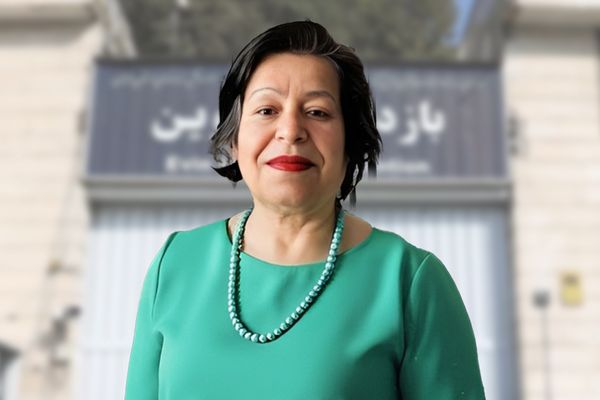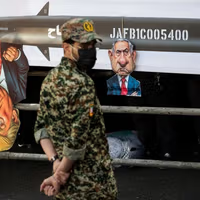Esmail Khatib described Khamenei as the “pillar and axis” of the Islamic Republic and said: “That is why the enemy tries to target the leadership… sometimes through assassination and sometimes through hostile attacks that are today perhaps even pursued from inside the country.”
He did not provide further details about alleged attempts to target Khamenei, though other senior officials have previously voiced similar concerns.
On November 11, Masoud Pezeshkian, the president of the Islamic Republic, said during a speech on the parliament floor that during the 12-day war he feared harm might come to Khamenei.
Iran’s cohesion and stability hinge on the Supreme Leader’s security, he told the lawmakers, warning that an attack on him during the June war could have provoked internal clashes posing a greater threat than any external enemy.
In June, US President Donald Trump, reacting to the Supreme Leader’s comments about winning the 12-day war, said the US knew where Khamenei was hiding during the war but did not want him killed “for now.”
Earlier this month, the Israeli newspaper Israel Hayom, in an analysis about continuing Iranian threats against Israel, wrote that the option of killing Khamenei was not pursued in the June battle but “remains possible.”
'Regime change policy shelved'
The Iranian intelligence minister said on Saturday that the country’s adversaries have moved from attempts to overthrow the Islamic Republic to efforts aimed at weakening it from within, including through efforts to target the leadership.
Khatib said during a visit to Kohgiluyeh and Boyer-Ahmad Province that Israel and the United States had changed their strategy “from overthrow and disintegration to containment through pressure,” using cyberattacks, disinformation and attempts to fuel social divisions.
He said such efforts were meant to undermine public trust and sow discord.
“Anyone who knowingly or unknowingly walks in this path is serving the goals of the enemies,” he said.










